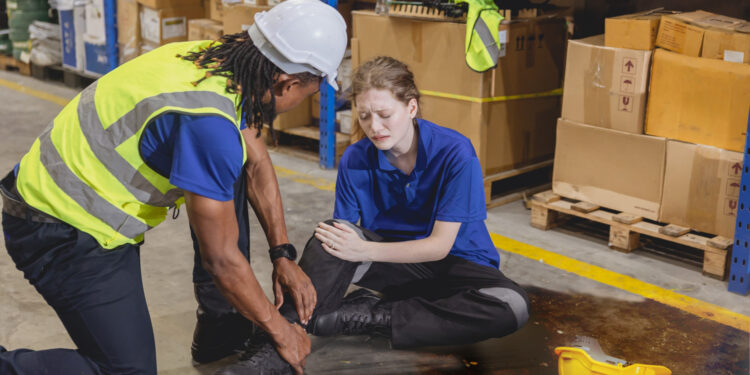Australian industrial workplaces are bustling centres of productivity, but this doesn’t come without risks. Oil spills and the handling of hazardous substances are two such risks that can cause severe environmental damage and pose significant health threats to workers and the surrounding community. As such, effective spill management solutions are not just recommended, they’re essential for maintaining a safe and compliant workspace. This article explores practical measures and products that can help in the diligent management of these potentially dangerous situations.
Table of Contents
Understanding the Risks of Oil Spills
Oil spills in industrial settings can lead to a multitude of problems, from creating slip hazards that result in workplace injuries, to contaminating soil and waterways which impact wildlife and ecosystems. The management of these spills is not just about cleanup; it’s about prevention, response, and containment—all of which help to minimise the environmental footprint of industry.
Preventive Solutions and Tools
In the realm of spill prevention, one of the most effective tools is the use of oil mats. These mats are specifically designed to absorb oil, fuel, and other petroleum-based products while repelling water. This feature makes them incredibly useful for both indoor and outdoor applications where oils are handled, transported, or stored.
Positioned strategically around areas known for spill risks, such as refuelling stations or hydraulic systems, oil mats serve an essential role in keeping workplaces clean and reducing the chances of a spill reaching the environment.
Responding to Oil Spills
When an oil spill occurs, the speed of response is crucial. To swiftly tackle spills, workplaces must have a well-documented spill response plan and adequate supplies on hand. These include but are not limited to absorbents like oil mats and chemical pads, which are engineered to absorb hazardous substances quickly while neutralising any potential threat.
By having a supply of chemical pads readily available, workers can rapidly respond to spills, thus mitigating the risk of the substances spreading or causing harm to the workforce and environment.
The Importance of Secure Chemical Storage
While dealing with spills after they occur is essential, preventing them from happening in the first place is always the preferable approach. Secure storage of chemicals and gases is a fundamental aspect of this preventive strategy. That’s why many industrial organisations rely on secure storage solutions like a gas bottle cage. These cages are designed to keep gas bottles safe and contained, minimising the risk of leakage or damage.
Whether it’s positioned inside a warehouse or outdoors, a gas bottle cage not only serves to prevent unauthorised access or accidental spills but also ensures that, should a leak occur, it is contained in a controlled environment where it can be managed effectively.
Training and Empowerment of Staff
An often-overlooked aspect of spill management and containment is the role of staff. Workers on the ground are usually the first to identify spills and respond to them. Therefore, it’s imperative that all staff are trained in spill response procedures and know how to use equipment such as oil mats, chemical pads, and understand the value of storage solutions like gas bottle cages.
Regular training and drills can greatly enhance the capacity of staff to handle spill scenarios safely and effectively. This empowers them to take immediate action, something that could mean the difference between a minor incident and a major disaster.
Regulatory Compliance and Environmental Responsibility
Australian workplaces are required to comply with strict regulations regarding the handling, storage, and disposal of oils and hazardous substances. Non-compliance can attract hefty fines and cause irreparable damage to a company’s reputation. By investing in high-quality spill containment products and ensuring proper training of staff, businesses can demonstrate their commitment to environmental stewardship and regulatory compliance.
Products such as oil mats, chemical pads, and gas bottle cages are essential components of spill management systems and play a vital role in helping organisations meet safety and environmental standards.
Conclusion: Investing in Safety and Sustainability
Effective spill management in industrial workplaces is not simply about having the right tools and procedures in place; it’s about creating a culture where safety and environmental responsibility are core values. By integrating quality products such as oil mats, containment solutions like gas bottle cages, and the rapid response capability of chemical pads, businesses can manage oil spills and hazardous substances both safely and sustainably.
By taking a proactive approach to spill management, organisations in Australia can safeguard their workers, protect the environment, and ensure uninterrupted operations for the future. As industry leaders and environmental advocates, it is our collective responsibility to champion these practices for a safer and greener tomorrow.


 Home
Home










